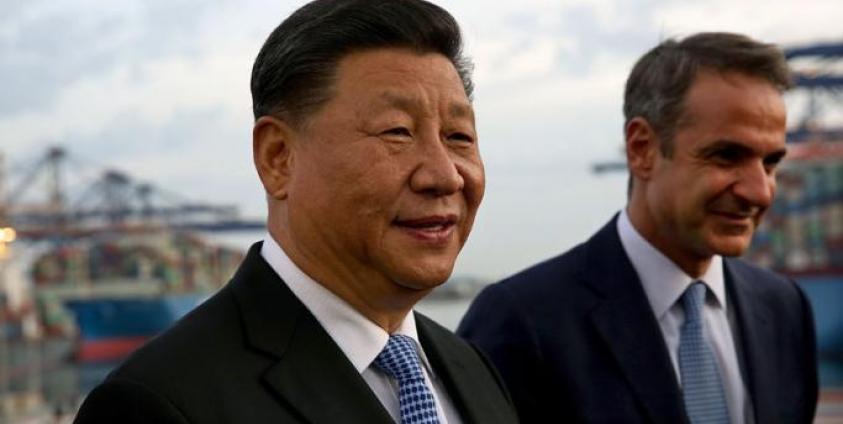On the face of it, Chinese President Xi Jinping’s Belt and Road Initiative (BRI) unleashes China’s development potential beyond its borders in what the country promotes as a “win-win” world transport, trade and communications development megaproject never seen before. And research indicates many countries, including Myanmar, are open to what Beijing has on offer.
But what is behind this 21st Century New Silk Road and should Myanmar and other recipient countries be worried?
To understand the scale and potential impact of the BRI, it helps to listen to the words of the scheme’s architect and promoter and to watch his actions.
In an era when world and national leadership can be found wanting, Chinese President Xi, 66, the leader and helmsman of the Communist Party of China (CPC), comes off as accomplished and measured, as seen in his speeches, proclamations and writings since he first unveiled the New Silk Road vision four years ago, and notably during his polished World Economic Forum speech in Davos in 2017.
But on a recent three-day state visit to cash-strapped Greece, Xi’s promises and wording hinted at what is slumbering underneath China’s innocuous-sounding development initiative.
Greece’s port Piraeus is “the dragon’s head” in the Mediterranean, said Xi. The European Investment Bank (EIB) and the Export-Import Bank of China agreed to finance Cosco’s investment plan for the port of Piraeus to the tune of EUR 140 million ($156.8m).
The language used is telling. Xi sees Greece, Italy and a number of other European countries as China’s “gateway” into Europe and further afield, what in his own colourful terms will be the Chinese dragon stretching from the east coast of China across Asia and Europe to the Atlantic. This is just part of a massive communications and trade network that seeks to link China with countries in Asia, Europe, Africa and further afield.








